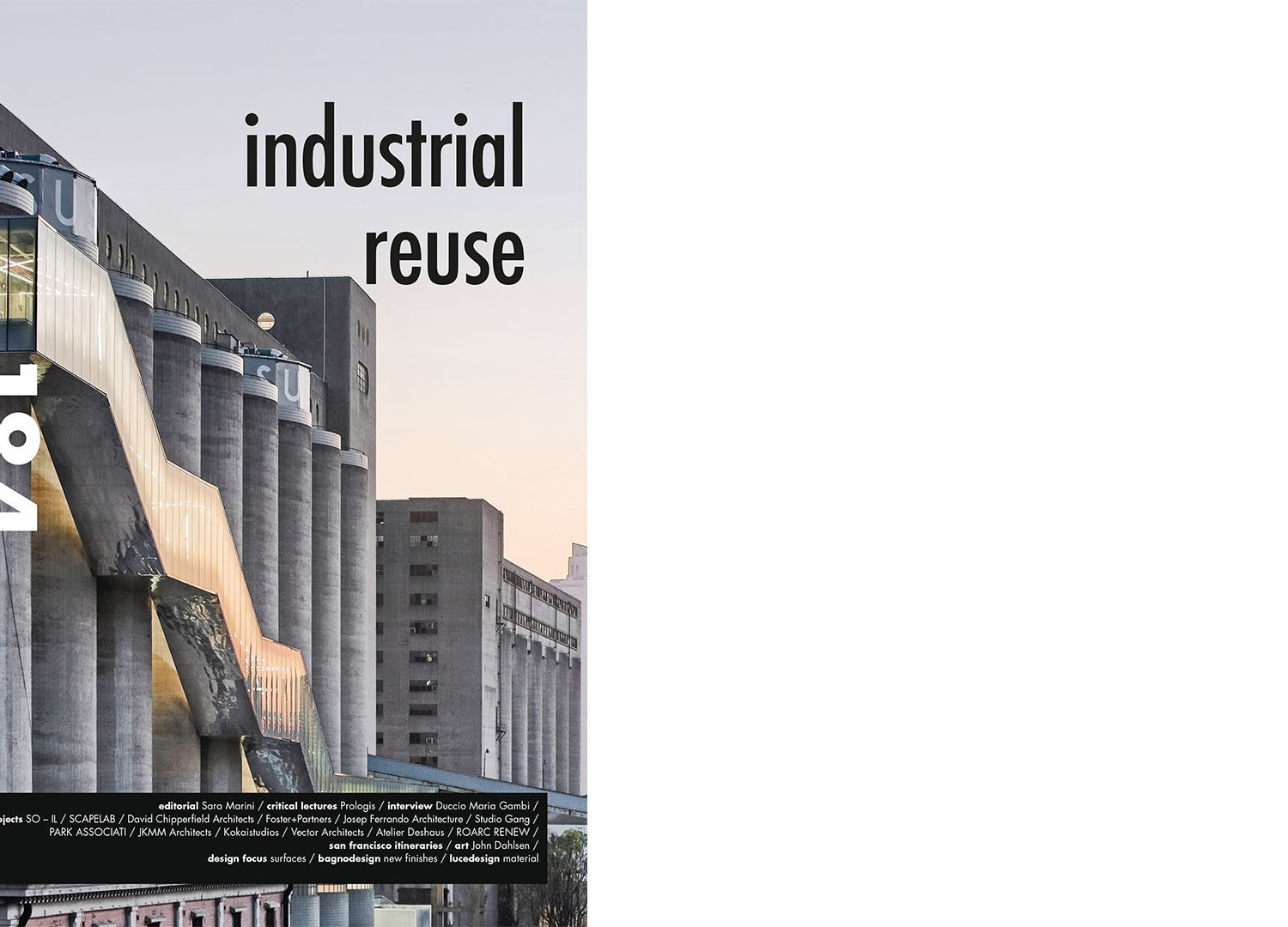
Industrial reuse
There is an expression definition that has become familiar in our everyday language, “industrial archeology”, which refers literally to the study of ancient structures originally used as factories. The subject of antiquity and the study to which the term “archeology” refers etymologically does not appear always appropriate, because many industrial constructions that have been restored or transformed for other activities often belong to a very recent past, with nothing ancient about it, indeed, if we want to be quite thorough, they are often the expression of an only slightly tarnished modernity or changed economic conditions that have caused structures built even just a few decades ago to be abandoned. In these cases of “ancient history” there is very little, though these structures are of great interest from the standpoint of reuse for new activities, coherent with the current social and economic context, as they offer the possibility of regenerating parts of an already built site. In that sense it would appear more appropriate to speak of “industrial ecology”, the science that studies the functions of relations between man and the environment in which he lives which, in this case means the complexes and buildings constructed for industrial activities for which they are no longer used. The fact that the original functions are no longer active reminds us, consequently, of our objective environmental responsibility, reflected in the objective of recycling – and thus a disused industrial plant can be launched into a new life cycle – spaces and structures in which resources had already been invested, in both economic terms and in terms of land use. It should also be noted that, in the writer’s opinion, the most important aspect that these spaces represent from the disciplinary standpoint is that they are the best possible example of the conjunction between ethics and esthetics, because in their functionalism they necessarily refer back to the history of some extraordinary human activity, and to the ability to assemble materials and products, and then produce goods useful, in general, to social wellbeing or in any case to the goals that the community has set for itself in terms of production. This golden paradigm of ability, atmosphere, knowledge and human skill “remains” in the industrial buildings, appearing as much in the dimensional disproportion between the needs of living space and those of production, as in the extreme use of materials, from reinforced concrete to steel, to wood, used with ingenuity in ways entirely different from those of ordinary residential architecture, which makes up most of our urban fabric. This exceptionality, often lacks the motivation for new functions even only on the plane of economic-dimensional logic, makes these artefacts extraordinary and evocative, unique and representative of a past that returns to authenticity by its own singular and imaginative nature. Architecture thus makes possible the start of a new cycle, for artefacts that still demonstrate enormous new possibilities of use. An “active restoration“ that overwrites, on pages already written, new stories and new texts about ancient contexts.
Download cover
Download table of contents
Download introduction of Marco Casamonti


